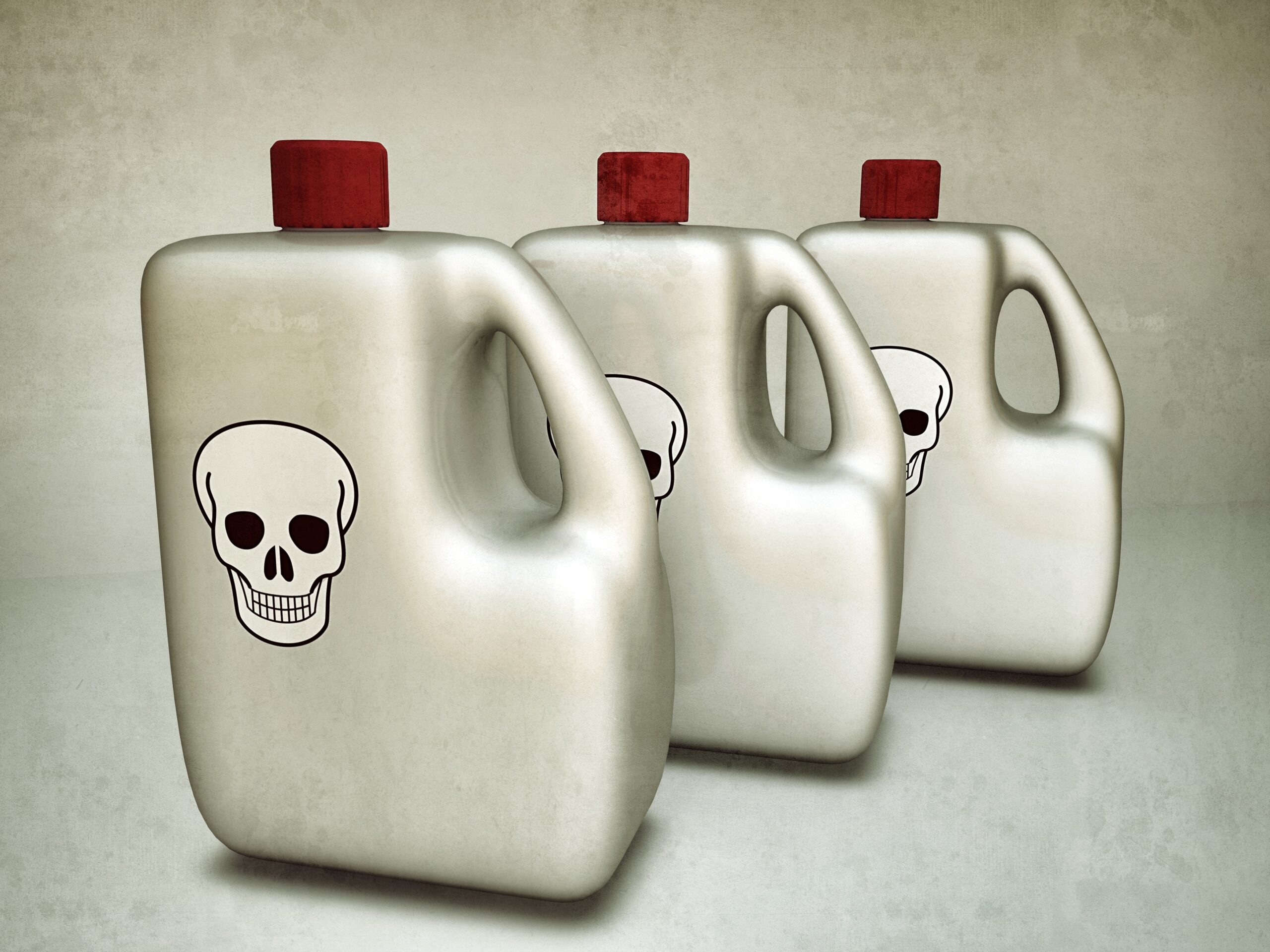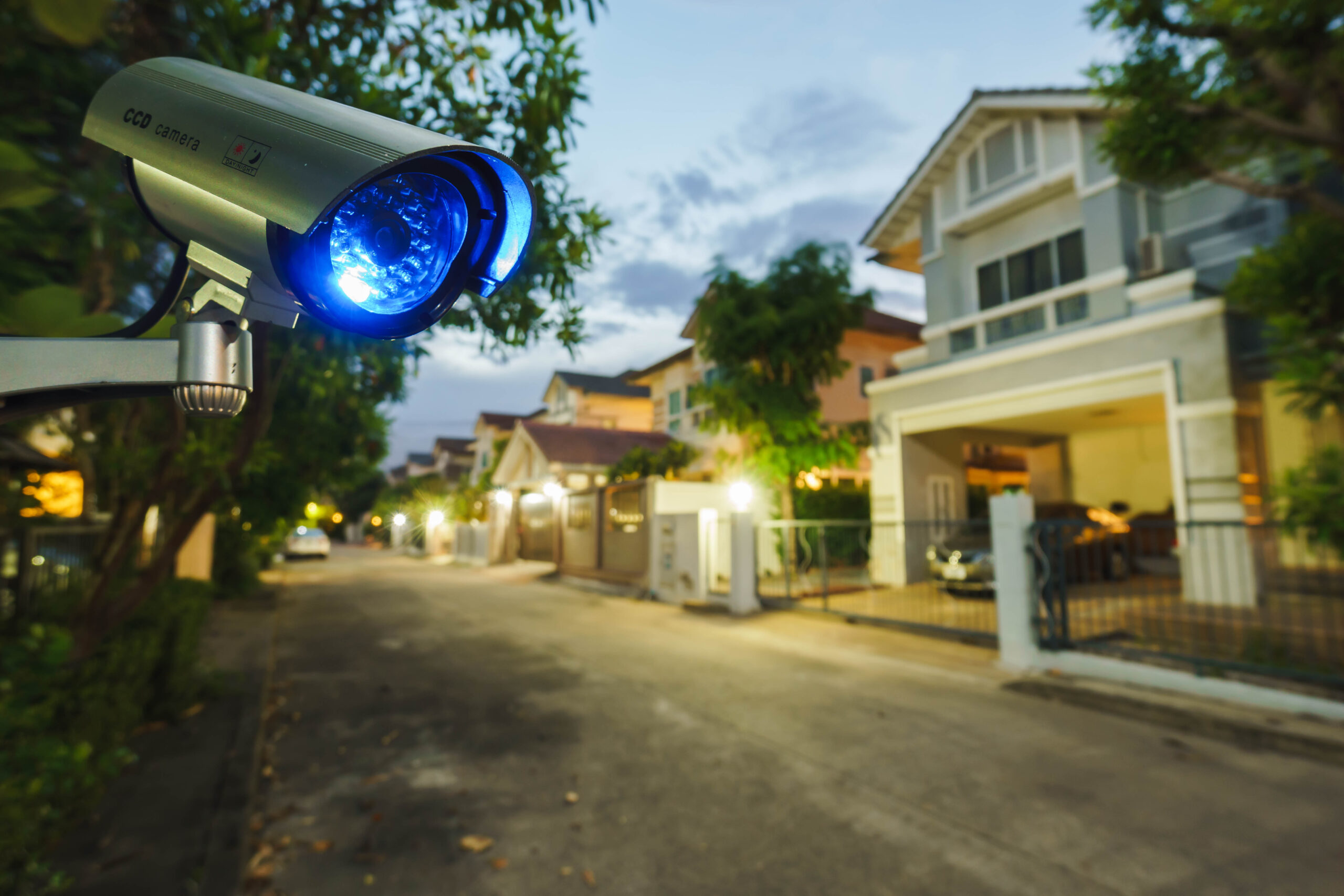by Jordyn Burnell
In recent years, our culture has become increasingly focused on mental wellness, with Americans shelling out a projected $238.4 billion on mental health services in 2020. And while there is absolutely no substitution for treatment from a mental health professional if you have serious psychological afflictions, there are small changes we all can make in our everyday lives to diminish stressors and tend to our mental well-being.
One such change is simply switching up the paint colors in your home. Color psychology is the study of how mental functioning is affected by the colors that surround us—certain colors elicit feeling calm and peaceful, for example, while others promote energy and happiness.
Physically, this happens as a result of the cells in our eyes send-ing signals to two different areas of our brains: one is a visual area responsible for translating signals into images and the other is a more sensory area, responsible for releasing hormones that affect mood, temperature and heart rate.
If you’re looking to reap the sensory benefits of color psychology right in your own home, consider filling your abode with a sampling of these hues:
Gray
Gray walls are all the rage right now when it comes to trendy home decorating, and it’s easy to see why. A gray room feels stable and grounded. It’s also a great neutral backdrop for more colorful décor accents. Consider using gray in any living space where you find yourself often trying to focus on the task—or people—at hand.
Cream
While the color white has similar effects as cream, white walls in a home aren’t always realistic—especially if you have children or pets. Instead, consider cream, which is known to bring peace and comfort to those in its presence. Cream could be ideal for a bedroom to encourage peaceful rest or for any other room in your home that could stand to promote relaxation.
Mauve
Mauve is purple’s more neutral sibling, but that doesn’t mean it won’t pack the same powerful punch. Mauve is reminiscent of royalty, evoking feelings of decadence and youth. Perhaps use this color in a highly trafficked area of your home, such as an entryway, to allow the largest number of people to experience its subtle yet empowering effects.
Teal
Teal is a member of the blue-green family that evokes feelings of tranquility. Consider painting a teal accent wall in your living room to promote calming thoughts whenever your family gathers there. Or maybe design a teal bathroom to create a soothing setting for your morning routine.
Burgundy
A close cousin to the primary color red, burgundy is a more sophisticated option to promote passion or strength (while avoiding the blood-pressure-raising effects of a bold red). Use burgundy in your home office to cultivate an impassioned creative thinking space.
Designing your home around how you want to feel in each room may sound labor-intensive, but the positive changes in your mood and overall well-being make it more than worth it in the end.








Leave A Comment